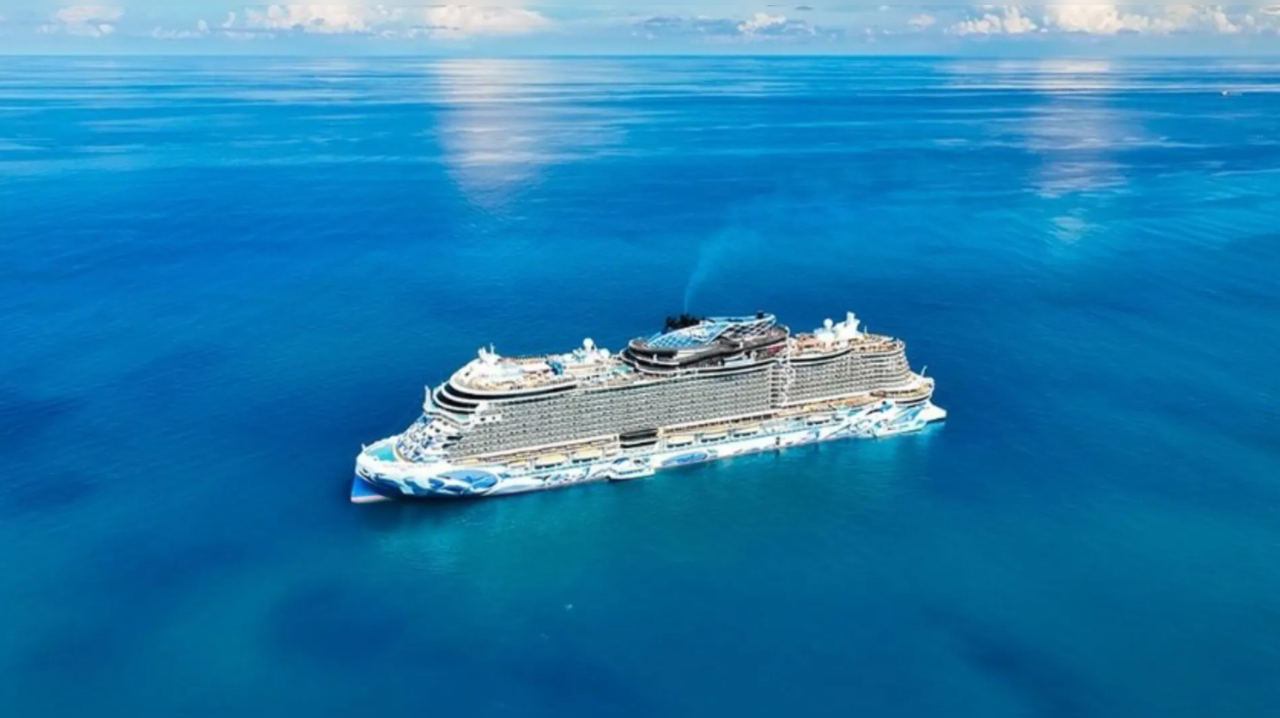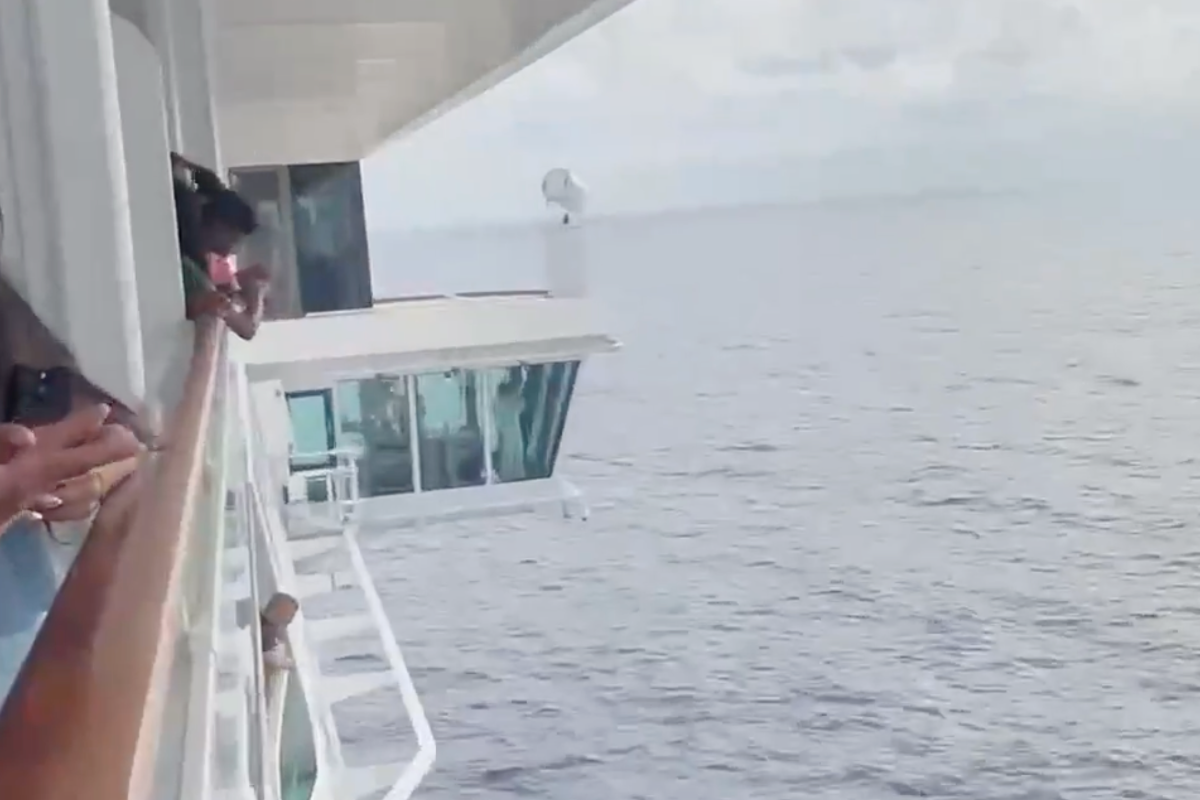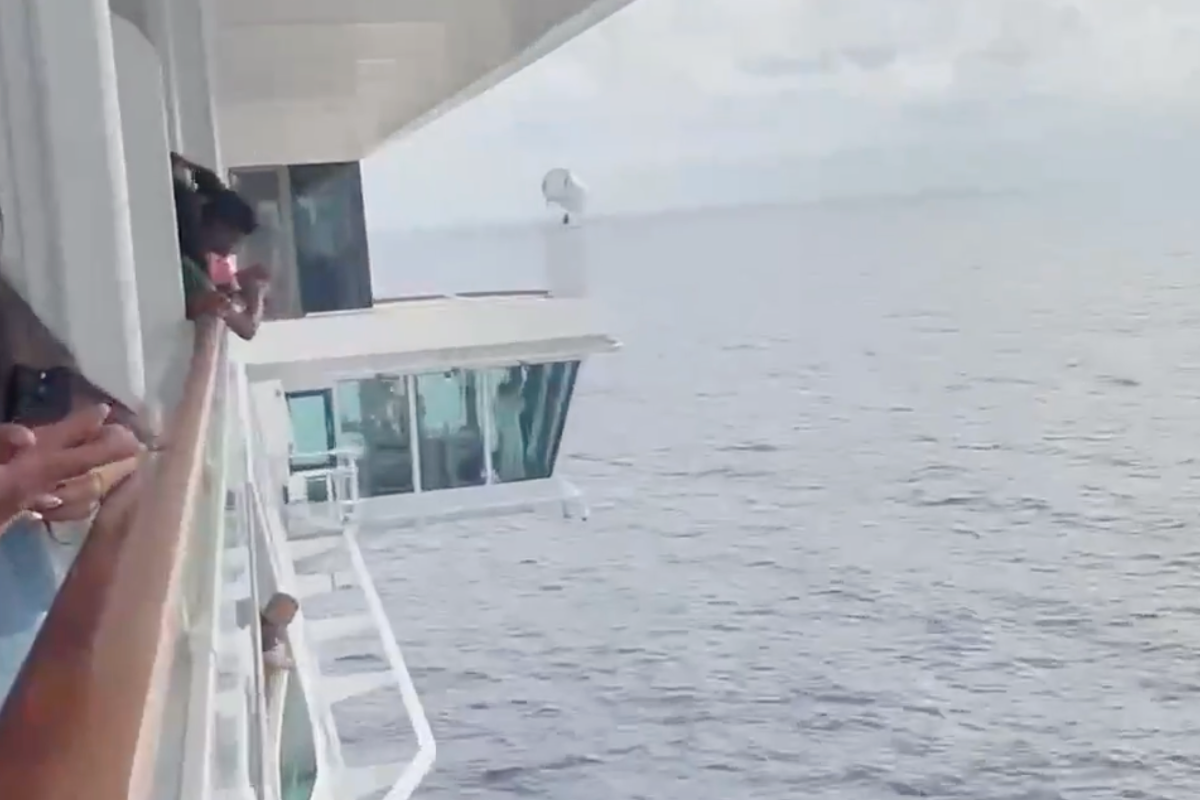Rescue team ends search for a man overboard from Norwegian. This gripping story unfolds the intense search and rescue operation launched after a man was reported missing at sea off the coast of Norway. We’ll delve into the challenges faced by the rescue team, the search methods employed, and the ultimate outcome of this high-stakes operation. Prepare for a detailed look at the complexities of maritime search and rescue, exploring the human element and the technological advancements crucial in such emergencies.
The initial response was swift, mobilizing boats, aircraft, and specialized equipment to comb a vast area of ocean. Facing harsh weather and strong currents, the rescue team utilized a range of techniques, each with its own strengths and limitations. The timeline of events, from the initial report to the final decision to suspend the search, will be carefully examined, along with the impact of the incident on the community and maritime safety regulations.
The Norwegian Man Overboard Search and Rescue Operation: Rescue Team Ends Search For A Man Overboard From Norwegian

This article details the search and rescue operation following a man overboard incident off the coast of Norway. We will examine the operation’s phases, challenges, outcome, and lessons learned, offering insights into maritime safety and international collaboration.
The Search Operation
Upon receiving the “man overboard” report, the Norwegian Joint Rescue Coordination Centre (JRCC) swiftly mobilized its resources. This involved a coordinated effort between various agencies, including the Coast Guard, local police, and volunteer rescue organizations. The initial response was crucial in minimizing the time elapsed before the search commenced, a critical factor in successful rescue operations.
The search employed a multi-faceted approach. This included deploying several vessels, ranging from smaller, agile boats for navigating closer to shore to larger ships equipped with advanced sonar technology for searching wider areas. Air support was also crucial, with helicopters and fixed-wing aircraft equipped with thermal imaging cameras used to scan the water’s surface and identify any potential signs of the missing person.
Specialized equipment such as underwater drones and remotely operated vehicles (ROVs) might have been deployed depending on the circumstances and the characteristics of the seabed.
The search faced several significant challenges. Adverse weather conditions, such as strong winds and high waves, severely hampered visibility and the maneuverability of vessels and aircraft. Strong sea currents also complicated the search, potentially sweeping the missing person away from the initial location of the incident. The vastness of the search area further added to the difficulty, requiring a meticulous and organized search pattern to cover all possible locations.
| Search Method | Effectiveness | Limitations |
|---|---|---|
| Surface Vessels | Effective in calm waters, good for visual search and immediate response. | Limited by weather, visibility, and speed in covering large areas. |
| Aircraft (Helicopters & Fixed-Wing) | Excellent for wide-area coverage, thermal imaging aids detection. | Dependent on weather conditions, fuel limitations, and nighttime operation challenges. |
| Underwater Drones/ROVs | Effective for searching underwater, can access difficult areas. | Limited range and battery life, requires specialized operators. |
The Missing Person
Details regarding the missing person’s identity were likely released by the authorities, perhaps including age, clothing description, and any unique identifying features. This information was crucial for searchers and also for public awareness efforts.
Several factors could potentially contribute to a man going overboard. These might include unforeseen circumstances such as a sudden wave, equipment malfunction, or a medical emergency. Fatigue, alcohol consumption, or a lack of proper safety precautions could also increase the risk of such incidents.
So, the Norwegian rescue team called off the search for the man overboard – a sad end to a difficult operation. It’s a stark contrast to the excitement of the football world, where you can check out the Arsenal 1 – 0 Ipswich Town – Match Report for a different kind of nail-biting drama. Hopefully, the focus will now shift to preventing future accidents like the one in Norway.
A chronological timeline of events leading up to the incident would have been compiled by investigators. This might include details such as the vessel’s departure time, weather conditions at the time, the activities of the individual prior to the incident, and the precise time the man was reported missing.
So, the Norwegian rescue team called off the search for the man overboard – a tough break. It reminds me of how much focus a single event can get, unlike, say, the quieter news about Dobes aura une admiratrice particulière en Floride – TVA Sports , which is a pretty different story altogether. Hopefully, more information will surface regarding the man overboard incident soon.
- Time X: Vessel departs from port.
- Time Y: Man last seen on deck.
- Time Z: Man overboard reported.
- Time A: Search and rescue operation initiated.
The Outcome of the Search

The official statement released by the Norwegian rescue team would have declared the conclusion of the search, specifying whether the missing person was found or if the search was called off after exhausting all possible leads and resources. This statement would likely address the efforts made and the reasons behind the outcome.
Following the end of the search, the JRCC would have informed the family of the missing person, providing updates and support. Depending on the outcome, post-search investigations may have been conducted to determine the cause of the incident and identify any potential areas for improvement in safety protocols.
A visual representation of the search area could show the starting point of the incident, the paths taken by search vessels, and the areas covered by aircraft. The map might also show significant geographical features and water currents to illustrate the complexity of the search. The scale of the map would indicate the extensive area covered by the rescue operation.
International Collaboration and Best Practices, Rescue team ends search for a man overboard from Norwegian
While primarily a Norwegian operation, international collaboration might have been involved if the incident occurred near international waters or if specialized expertise from other nations was required. This could involve information sharing, coordinating resources, or deploying specialized equipment from other countries.
So, the Norwegian rescue team called off the search for the man overboard – a tough situation all around. It makes you think about the pressures on emergency services, especially when you consider that public servants continue to struggle with Phoenix issues as they try to do their jobs. Hopefully, future resources will be better allocated to help teams like these deal with these kinds of high-pressure events more effectively.
Comparing the Norwegian response to similar incidents in other countries could highlight best practices and areas where improvements might be made. Factors such as response time, resource allocation, and communication protocols can be analyzed to identify effective strategies.
Several best practices in maritime safety and emergency response can be derived from this event and similar incidents. These might include:
- Mandatory personal flotation device (PFD) use.
- Regular safety drills and training for crew members.
- Up-to-date emergency communication systems.
- Thorough risk assessments and safety planning.
- Improved man overboard detection and recovery systems.
Media Coverage and Public Reaction

News outlets would have covered the incident, reporting on the search efforts and the outcome. The tone and focus of different news sources might vary, depending on their editorial stance and the information available at the time.
Public reaction to the incident would likely range from concern and sympathy for the missing person’s family to discussions about maritime safety and the effectiveness of rescue operations. Public discourse could influence future safety regulations and awareness campaigns.
This event could impact maritime safety regulations by prompting reviews of existing protocols and potentially leading to the implementation of new safety measures. Increased public awareness of maritime safety risks could also result from the incident, encouraging more responsible boating practices and better preparedness among seafarers.
Closing Notes

The conclusion of the search for the man overboard from Norwegian serves as a stark reminder of the inherent dangers of maritime activities and the crucial role of well-coordinated rescue operations. While the outcome may be heartbreaking, the detailed account of the search offers valuable insights into best practices in maritime safety and emergency response. The story highlights the importance of preparedness, international collaboration, and the unwavering dedication of rescue teams in their tireless efforts to save lives at sea.
The lessons learned here can inform future strategies and enhance safety protocols for years to come.
Question Bank
What type of vessel was primarily used in the search?
The Artikel doesn’t specify, but likely a combination of coast guard vessels, fishing boats, and possibly even civilian vessels assisted.
Were any other countries involved in the rescue effort?
The Artikel mentions international collaboration but doesn’t provide specifics on which countries participated.
What was the public’s overall reaction to the incident?
The Artikel indicates that the public reaction will be discussed but doesn’t give a preview of the overall sentiment.
What specific post-search investigations were conducted?
The specifics of any post-search investigations are not detailed in the Artikel.
